In a previous article we talked about air conditioning refrigerants and how they make air conditioning possible. Following on from that article we are looking in depth at Refrigerant 22 (R22), how it came to be discovered, the subsequent issues found to be associated with it and the need to replace it in older air conditioning and refrigerant systems.
The History of R22 and Moving Forward
The first refrigerants discovered in the late 1800s until 1929 were flammable and/or toxic gases e.g. ammonia, ethyl ether, methyl ether, methyl chloride and sulphur dioxide. As a consequence of the nature of these gases a number of fatal accidents occurred in the 1920s because of the leakage of methyl chloride from refrigerators.
In order to try to address this, a collaborative effort began between three American companies: Frigidaire, General Motors and DuPont to find a safer method of refrigeration.
In 1928 Charles Franklin Kettering the vice-president of the General Motors Research Corporation chose Thomas Midgley Jr. to head up a team at Frigidaire. Midgley went onto invent a “miracle compound” called dichlorodifluoromethane now designated as “Freon”, “Freon-12”, “CFC12” or “R12”.
Freon represents several different chlorofluorocarbons (CFCs). The CFCs are a group of aliphatic organic compounds containing the elements carbon and fluorine, and, in many cases, other halogens (especially chlorine) and hydrogen. Freons are colourless, odourless, non-flammable, noncorrosive gases or liquids. The first CFC – R12 came onto the market in 1931 followed by the first HCFC – R22 in 1934. The number after the R is a refrigerant class number which was developed by DuPont to help identify single halogenated hydrocarbons, as well as other refrigerants besides halocarbons Frigidaire went onto patent the formula for CFCs on December 31, 1928 under US patent #1,886,339. In 1930, General Motors and DuPont formed a company called Kinetic Chemicals to mass produce Freon.
Ozone Layer – Montreal Protocol and EC Ozone Regulation
Decades after its discovery scientists discovered that chlorine; a component of CFC and HCFC refrigerants, causes damage to the ozone layer and hence is bad for the environment. As a result R22 which came after R11 (CFC-11) and R12 (CFC-12) and was seen as an improvement due to its relatively low ozone depletion potential of 0.055 was included in the 1987 Montreal Protocol (PDF) list of substances that were to be phased out of production over time for new air conditioners and heat pumps.
The EC Ozone Regulation (No. 1005/2009) which applies to all EU countries was introduced to fulfil the obligations of the Montreal Protocol on substances that deplete the ozone layer. The regulation looks to phase out HCFCs, including R22 gas and sets a higher standard than that required by the Montreal Protocol. Since 1 January 2015, it has been illegal to use virgin, recycled and reclaimed R22 to maintain or repair air conditioning equipment.
There will be more F-Gas regulations coming into force in the EU, which will further limit the use of HFCs in refrigeration by 2030. These include R404A, R422A, R422D and R507, which will be gradually phased out to reduce emissions. The aim is to reduce their usage to around a fifth of current levels, shifting to climate-friendly technology wherever possible.
The latest amendment to the Montreal Protocol, the Kigali Amendment, has proposed a phase-down the use of refrigerants such as R410A. The phase down is expected to begin sometime in the 2020’s. The leading replacement for R410A refrigerant is a pure, single component refrigerant called R32, which has one-third the global warming potential of R410A.
R22 Phase Out Timeline
- 1st January 2004: HCFCs including R22 refrigerant banned for use in new air conditioning systems throughout the EU.
- 1st January 2010: Virgin R22 refrigerant banned for use in maintenance and repairs.
- 1st January 2015: All R22, including recycled and reclaimed refrigerant, banned for use in maintenance and repairs.
Time For A Change – Replacing Your R22 Air Conditioning System
The phase out of R22 should be seen as an opportunity to replace old and inefficient air conditioning systems.
Those systems installed before 2004 are now at the end of their usable lives. Given that since 2010, the new European legislation prevents any new supplies of this gas from being made and at the end of 2014 recycled stocks cannot be used, conditioning equipment still using R22 is now being classed as “not serviceable”. It’s therefore even more important now for companies still using air conditioning which utilises R22 to look at replacing their old systems with modern air conditioning units.
As time has moved on so has the efficiency of modern air conditioning systems. Today’s air conditioning is as much as 50% more energy efficient in terms of heating and cooling than those systems that are still operating using R22. This gives modern systems a great cost savings advantage over older R22 systems.
The R22 phase out also gives companies an opportunity to improve their environmental credential and carbon footprint as modern refrigerants have a lower impact on global warming and consume less energy.
In the UK any company switching from R22 to newer air conditioning may also be eligible for tax relief under the Enhanced Capital Allowance (ECA) Scheme. Information on which systems are eligible can be found on the government’s Energy Technology Product List (ETL) page.
Synecore Can Advise on R22 Replacements
Synecore are experts in air conditioning and can provide advice on the most suitable products for your business to replace your old air conditioning system.
Our highly qualified professional air conditioning project managers and engineers provide a professional installation and commissioning service on all new air conditioning and refrigeration systems by major brands including Daikin, Mitsubishi Electric and Toshiba. We offer competitive warranty periods of up to seven years on systems installed and maintained by us. We will also decommission your old system and dispose of it correctly.
To ensure your new or old air conditioning system performs well all-year-round, our Planned Preventative Maintenance service give customers peace of mind. Included in our PPM package is our 24/7 call out, compliancy with FGas regulations and TM44 certification. Get in touch with our head office in Sittingbourne, Kent for more information. Call 01795 509509 or email us at sales@synecore.co.uk.
Subscribe to our newsletter!
Contact us
0845 241 4953
sales@synecore.co.uk
Archives
- January 2024
- December 2023
- November 2023
- October 2023
- September 2023
- August 2023
- July 2023
- June 2023
- May 2023
- April 2023
- March 2023
- February 2023
- January 2023
- December 2022
- November 2022
- October 2022
- September 2022
- August 2022
- July 2022
- June 2022
- May 2022
- April 2022
- March 2022
- February 2022
- January 2022
- December 2021
- November 2021
- October 2021
- September 2021
- August 2021
- July 2021
- June 2021
- May 2021
- April 2021
- March 2021
- February 2021
- January 2021
- December 2020
- November 2020
- October 2020
- September 2020
- August 2020
- July 2020
- June 2020
- May 2020
- April 2020
- March 2020
- February 2020
- January 2020
- December 2019
- October 2019
- September 2019
- August 2019
- July 2019
- June 2019
- May 2019
- April 2019
- March 2019
- February 2019
- November 2018
- October 2018
- September 2018
- August 2018
- July 2018
- May 2018
- April 2018
- March 2018
- February 2018
- January 2018
- December 2017
- October 2017
- August 2017
- June 2017
- April 2017
- March 2017
- February 2017
- January 2017
- December 2016
- November 2016
- October 2016
- September 2016
- August 2016
- July 2016
- May 2016
- April 2016
- March 2016
- February 2016
- January 2016
- December 2015
- November 2015
- October 2015
- September 2015
- July 2015
- June 2015
- May 2015
- April 2015
- September 2014
- August 2014
- July 2014
- June 2014
- April 2014
- March 2014
- February 2014
- January 2014
- December 2013
- November 2013
- September 2013
- August 2013
- July 2013
- June 2013
- April 2013
- March 2013
- February 2013
- January 2013
- December 2012
- November 2012
- October 2012
- September 2012
- August 2012
- July 2012
- June 2012
- May 2012
- April 2012
- March 2012
- February 2012
- January 2012
- December 2011
- November 2011
- October 2011
- September 2011
- August 2011
- July 2011
- June 2011
- May 2011
- April 2011
- March 2011
- February 2011
- January 2011
- December 2010
- September 2010
- July 2010
- June 2010



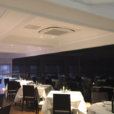






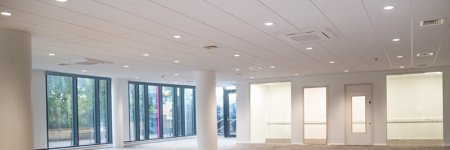


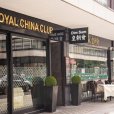

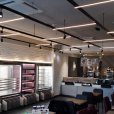
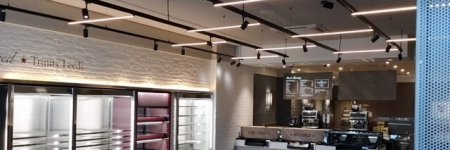




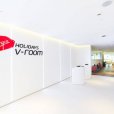
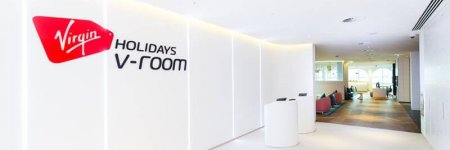




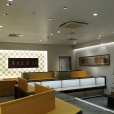
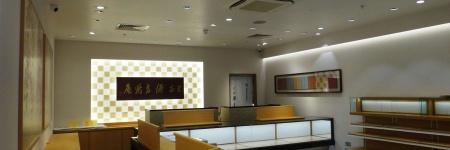
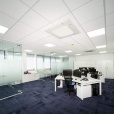
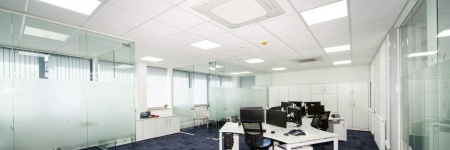


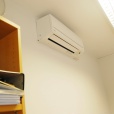
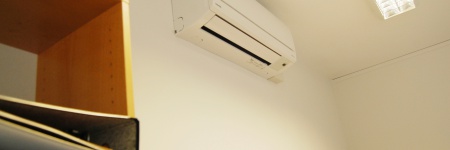

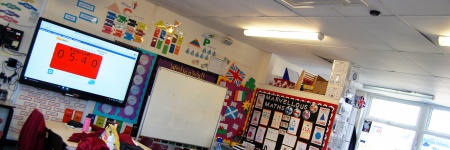
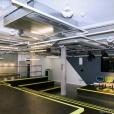
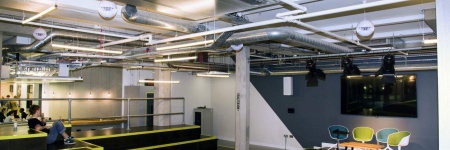
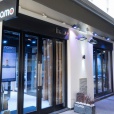
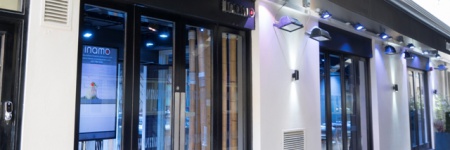
Recent Comments